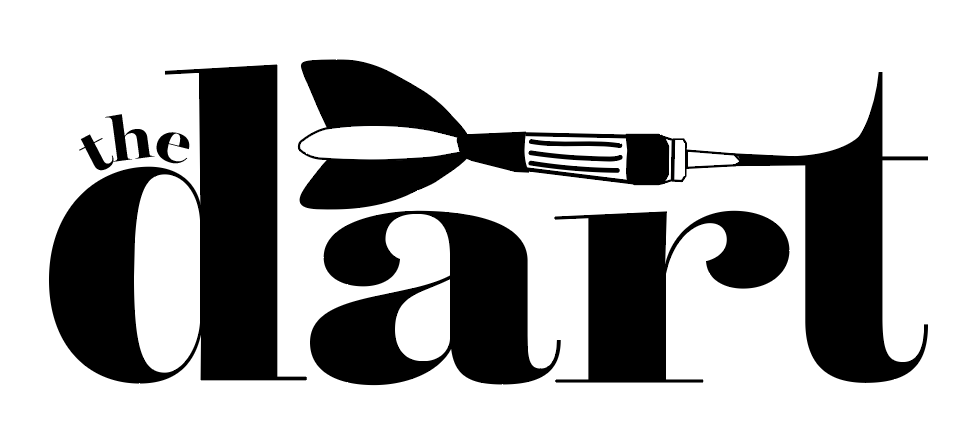Insulin must be for all
Exponentially rising prices for treatment are leaving diabetic people with no choice but to risk death by rationing their insulin.
February 18, 2019
Over the past few months, I have seen similar articles popping up on the front pages of major news websites. From NPR, “Insulin’s High Cost Leads To Lethal Rationing.” From the Washington Post, “Life, Death and Insulin.” From BeyondType1, “People are Dying from Insulin Rationing.” It’s true — people living with diabetes are being forced to ration their insulin, and sometimes dying from a lack of insulin, because of how expensive it is.
Insulin is a pancreatic hormone that regulates the amount of glucose in the blood. For people living with Type-2 diabetes, their pre-existing insulin doesn’t perform well enough to regulate the glucose in the blood. For people living with Type-1 diabetes, their body doesn’t even make insulin.
After some research, I found that top-selling brands, such as Lantus or Humulin R, are charging upwards of $191 per vial of insulin, which, according to the Washington Post, needs to be purchased up to six times a month. In fact, one 20mL bottle of Humulin R insulin can cost up to $1,862. There is no affordable option. GoodRX.com, a website that displays real-time prices for prescription drugs at pharmacies, states that the price of insulin has increased 64 percent between January 2014 and September 2018. Between 2002 and 2013, prices tripled.
It astonishes me that these prices are continuously rising. Insulin is a life saving drug, and diabetes is a slow death. For people to live a healthy life while suffering from diabetes, they need insulin. However, for some people, giving themselves the correct dosage of insulin is not an option because of how expensive it is. This is where the term insulin rationing comes into play.
As Gail DeVore, a Type-1 diabetic, wrote in her article for ASweetLife, “Why is insulin so expensive? The short answer is… we don’t know.” Gail’s words rung loud and clear in my ears. The fact that people who are in need of this drug don’t even get to know why they are paying so much is inhumane and degrading.
Some point to the complicated chemical makeup, some to the FDA and others to health insurance companies for the expenses. To attempt to get to the bottom of the question of insulin prices, drug transparency laws have been proposed in states like Colorado, but to no avail. The Diabetes Drug Pricing Transparency Act, introduced in the state of Colorado in January of 2018, was later introduced and ignored by the house. The proposed bill never made it to the Senate.
The act was written to require pharmacies to “submit annual reports to the state board regarding prescription insulin drugs used to treat diabetes,” according to the Colorado General Assembly. The fact that this has not been passed yet astonishes me — the act is requiring accounts of the prices pharmacies sell insulin.
I am new to diabetes advocacy, and I am certainly not an expert nor am I diabetic myself. However, I have seen the struggles of family and friends that have diabetes and the worries they have about their insulin. I think people need to be more aware of this problem, and how they can work towards remedying it. Multiple movements, such as #insulin4all and the Affordable Insulin Project, have been established in the past few years to encourage advocacy. Being a part of these movements could bring about that price transparency that the Colorado General Assembly lobbied for.
I believe that calling the American people to advocate for lowering the prices on insulin is the only way to fix this problem of insulin rationing. Advocacy is accessible to everyone — taking part in marches, donating to associations such as the National Diabetes Association or signing petitions for drug transparency laws are easy ways to fight for people with diabetes. It is the choice of the American people if they wish to be a part of those movements.




